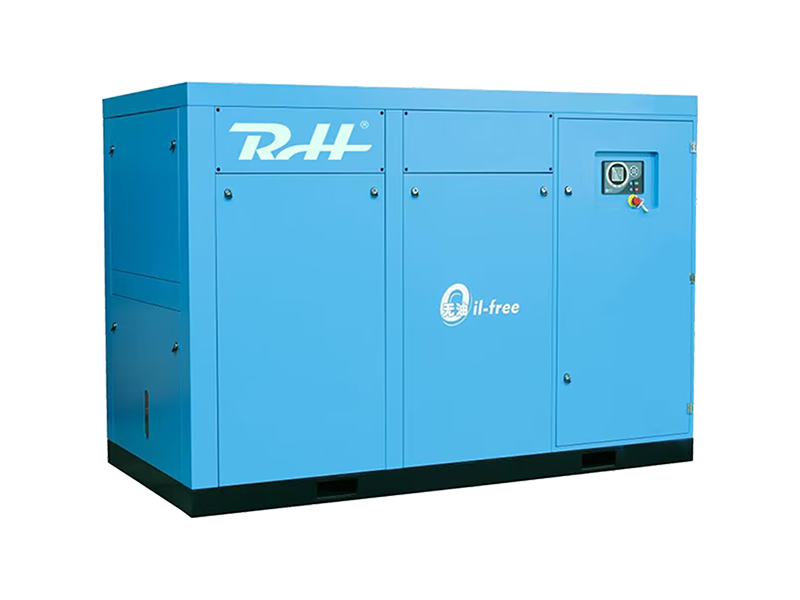Roots blowers are a specific type of positive displacement blower, and they have some distinct characteristics that set them apart from other types. Here’s how they differ:
Design and Operation:
Roots Blower: Uses two counter-rotating lobes (or rotors) that are typically shaped like figure-eights. The lobes do not make contact with each other or the housing, which minimizes friction and wear. Air is trapped between the lobes and the casing, and as the lobes rotate, this trapped air is pushed through the discharge port.
Other Positive Displacement Blowers: Can include various designs such as rotary vane blowers, screw compressors, and diaphragm pumps. Each of these designs has a different method of trapping and moving air or gas. For example, rotary vane blowers use sliding vanes to create air pockets, and screw compressors use interlocking screws.
Flow Characteristics:
Roots Blower: Provides a steady, pulsation-free flow of air or gas, which is beneficial for applications requiring constant air supply. The flow rate is relatively constant regardless of pressure variations.
Other Types: The flow characteristics can vary. For instance, rotary vane blowers might have more pulsation in the flow, while screw compressors provide more efficient compression and can handle higher pressures.

Pressure Range:
Roots Blower: Generally suited for lower to moderate pressure applications. They are typically used where high flow rates and low pressures are required.
Other Types: Can be designed to handle a wider range of pressures. Screw compressors, for example, can achieve much higher pressures compared to roots blowers.
Efficiency:
Roots Blower: Known for its reliability and simplicity but can be less efficient in terms of energy consumption compared to some other designs.
Other Types: Efficiency varies. Screw compressors and rotary vane blowers can be more energy-efficient, particularly in high-pressure applications.
Maintenance and Durability:
Roots Blower: Generally requires less maintenance due to the non-contact nature of the lobes, which reduces wear. However, they still need regular checks for lubrication and wear on the bearings.
Other Types: Maintenance needs can vary. Rotary vane blowers, for example, require regular vane replacement, while screw compressors may need more complex servicing.
Application Suitability:
Roots Blower: Commonly used in applications such as pneumatic conveying, sewage aeration, and other processes where large volumes of air are needed at low to moderate pressures.
Other Types: Suitability depends on the design. Screw compressors are often used in high-pressure and high-efficiency applications, while rotary vane blowers might be used in smaller, less demanding applications.
Each type of positive displacement blower has its strengths and is suited to different applications based on factors like pressure requirements, flow characteristics, and efficiency needs.


 русский
русский Español
Español عربى
عربى









